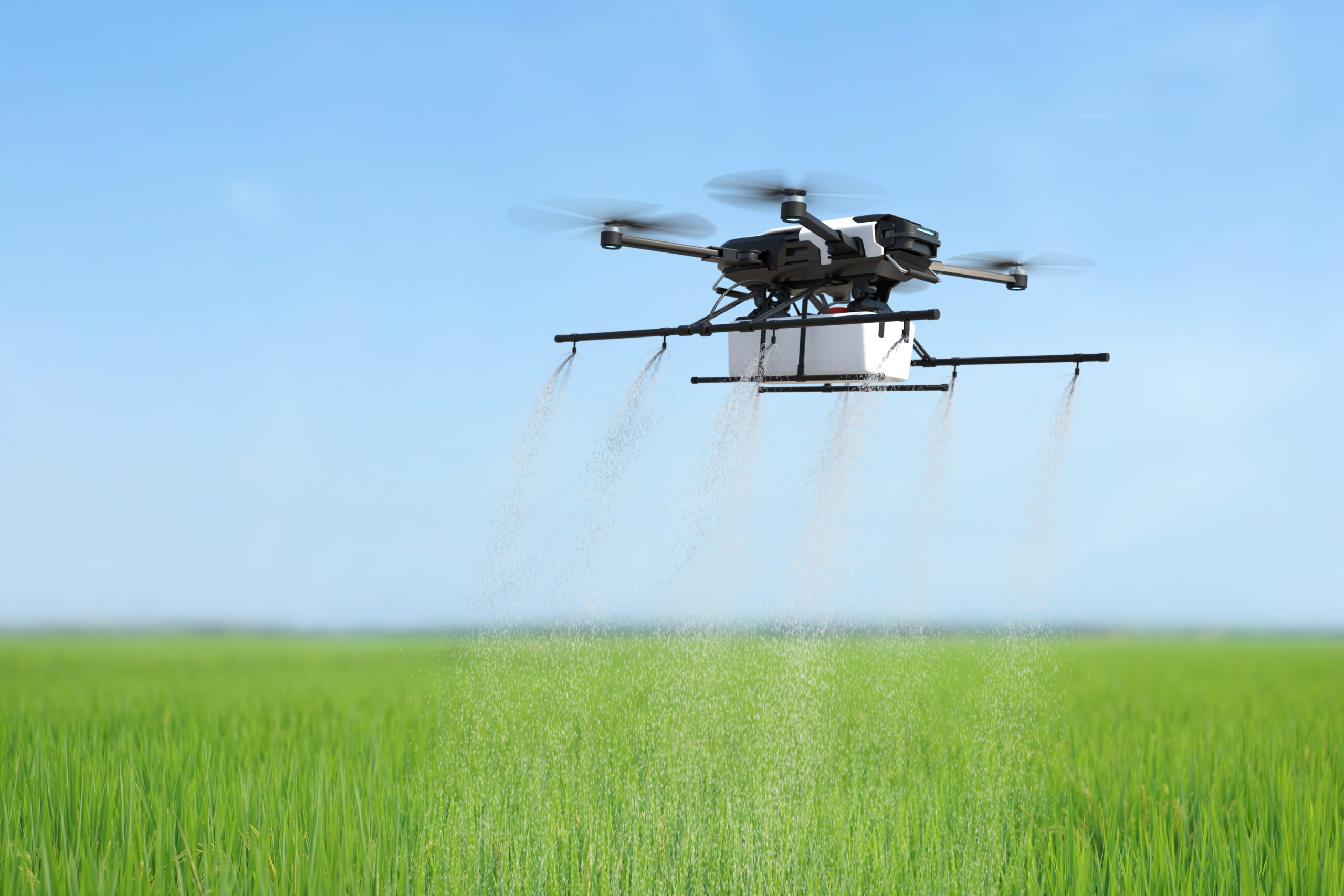Farming has come a long way from the days of manual labor and guesswork. Today, farmers around the world are harnessing the power of technology to optimize their operations, increase efficiency, and maximize yields. Precision agriculture, also known as smart farming or digital farming, utilizes a range of technologies such as GPS, sensors, drones, and data analytics to precisely manage crops, monitor conditions, and make data-driven decisions. In this article, we’ll explore the concept of precision agriculture, its benefits, and how it’s revolutionizing the way we produce food.
What is Precision Agriculture?
Precision agriculture involves the use of advanced technologies and data analytics to monitor, measure, and manage agricultural practices with unprecedented accuracy and efficiency. By collecting and analyzing data on factors such as soil health, moisture levels, weather patterns, and crop growth, farmers can optimize inputs, reduce waste, and improve productivity. Precision agriculture encompasses a range of techniques and tools, including:
-
GPS and Satellite Imaging: GPS technology allows farmers to precisely map field boundaries, track equipment movements, and optimize planting and harvesting operations. Satellite imaging provides high-resolution data on crop health, soil moisture, and vegetation indices, enabling farmers to monitor conditions and identify areas of concern.
-
Sensors and IoT Devices: Sensors embedded in the soil, plants, and equipment collect real-time data on temperature, humidity, nutrient levels, and other environmental factors. IoT (Internet of Things) devices transmit this data wirelessly to centralized systems for analysis and decision-making.
-
Drones and UAVs: Unmanned aerial vehicles (UAVs) or drones equipped with cameras, sensors, and imaging technology can capture aerial images and multispectral data of fields, allowing farmers to assess crop health, detect pest infestations, and identify areas needing attention.
-
Data Analytics and Machine Learning: Advanced data analytics and machine learning algorithms process and analyze vast amounts of agricultural data, identifying patterns, trends, and insights that inform decision-making and optimize farm management practices.
Benefits of Precision Agriculture
Precision agriculture offers numerous benefits for farmers, consumers, and the environment:
- Increased Yields: By optimizing inputs such as water, fertilizer, and pesticides, precision agriculture helps maximize crop yields and improve farm profitability.
- Resource Efficiency: Precision agriculture enables farmers to use resources more efficiently, reducing waste, minimizing environmental impact, and conserving water and energy.
- Cost Savings: By reducing input costs and improving operational efficiency, precision agriculture helps farmers save money and improve their bottom line.
- Environmental Sustainability: Precision agriculture promotes sustainable farming practices by minimizing chemical use, reducing soil erosion, and preserving natural habitats.
- Data-Driven Decision Making: By leveraging data analytics and real-time monitoring, precision agriculture enables farmers to make informed decisions and respond quickly to changing conditions, improving productivity and resilience.
Challenges and Considerations
While precision agriculture offers significant benefits, it also presents challenges and considerations that must be addressed:
- Cost and Accessibility: The initial investment in precision agriculture technologies can be substantial, limiting adoption among smaller farms and growers. Efforts to reduce costs and improve accessibility are needed to ensure widespread adoption and equitable access to technology.
- Data Management and Privacy: Managing and analyzing large volumes of agricultural data raises concerns about data privacy, ownership, and security. Farmers must ensure compliance with regulations and best practices for data management and protection.
- Technological Complexity: Precision agriculture technologies can be complex and require specialized knowledge and skills to implement and maintain. Training and education programs are needed to help farmers effectively use and integrate technology into their operations.
- Integration and Interoperability: Integrating different precision agriculture technologies and systems can be challenging due to compatibility issues and lack of standardization. Efforts to promote interoperability and open data standards are essential for seamless integration and collaboration.
Precision agriculture is revolutionizing farming practices and shaping the future of agriculture. By harnessing the power of technology, data, and innovation, farmers can optimize their operations, increase productivity, and promote environmental sustainability. As the world faces growing challenges such as climate change, population growth, and food security, precision agriculture offers a pathway to a more resilient, efficient, and sustainable agricultural system. By embracing precision agriculture, farmers can continue to feed the world while preserving natural resources and ecosystems for future generations.

